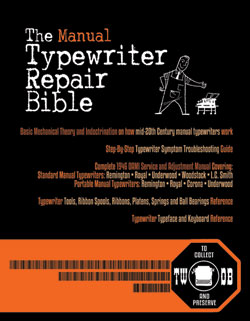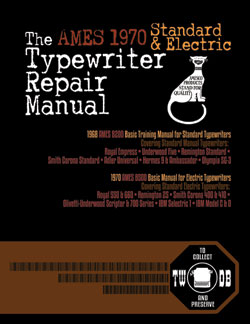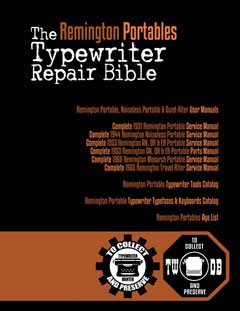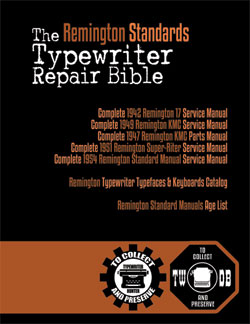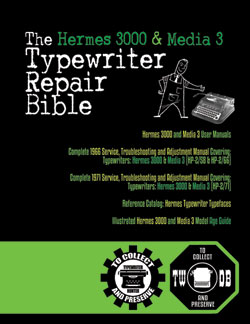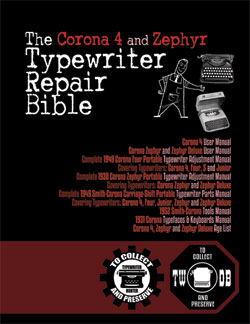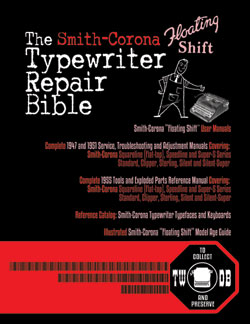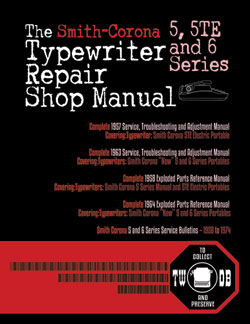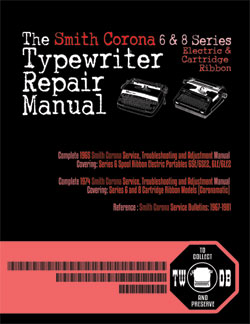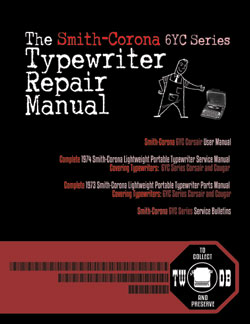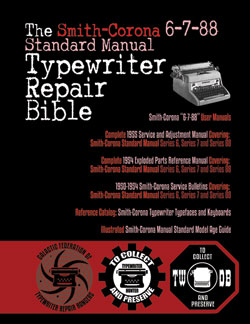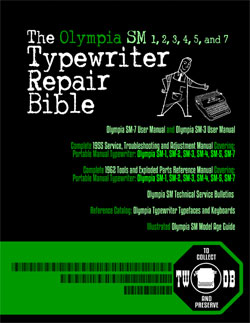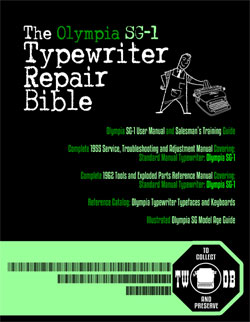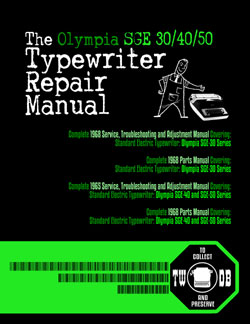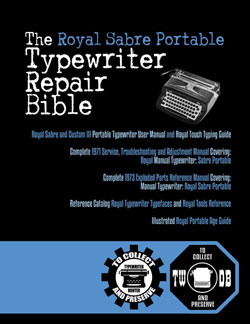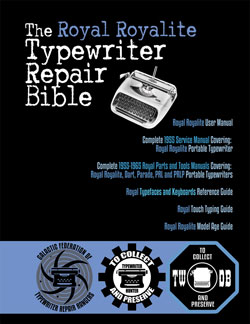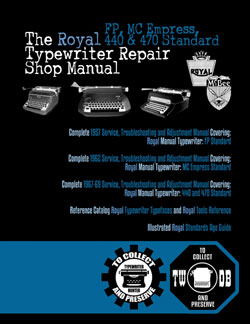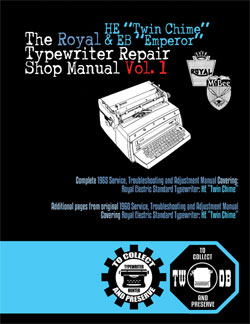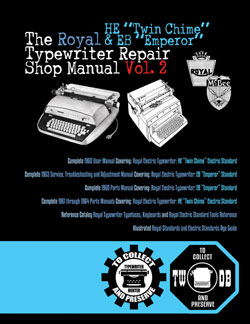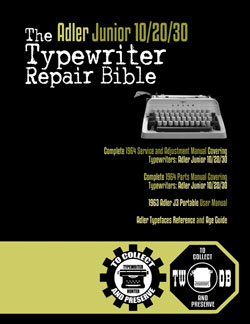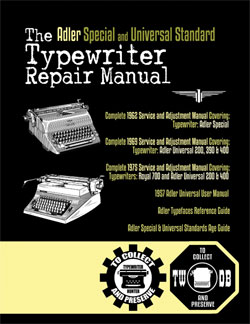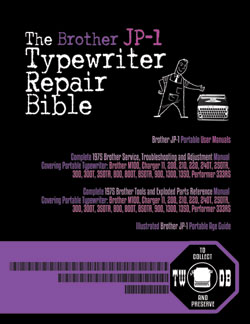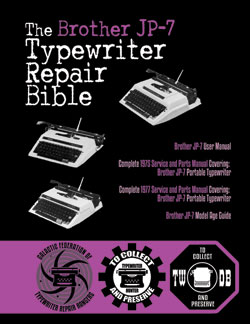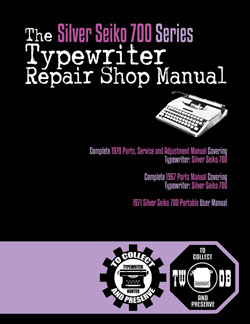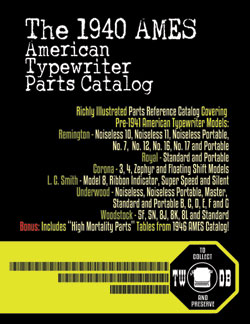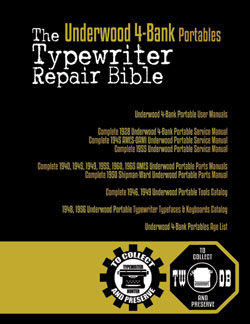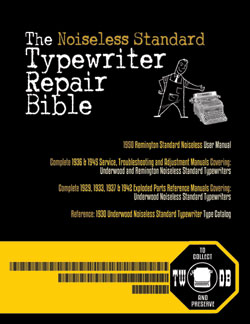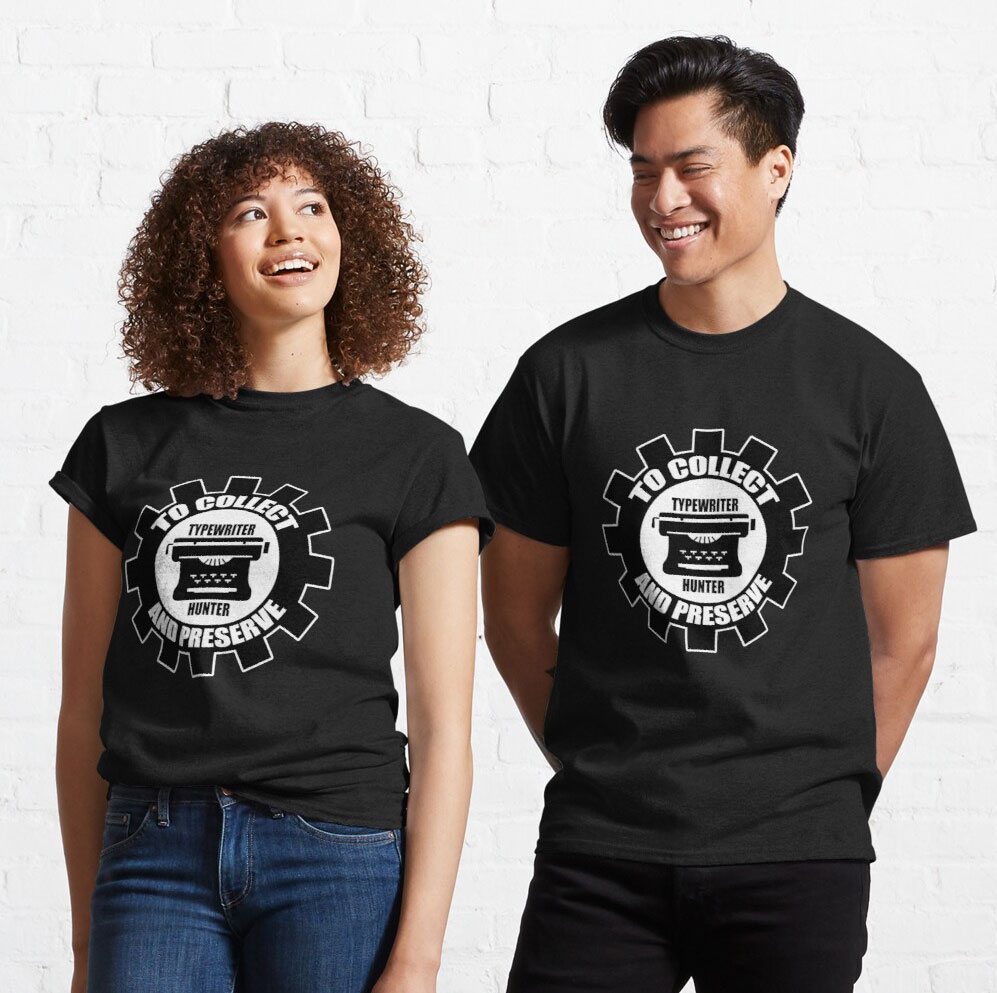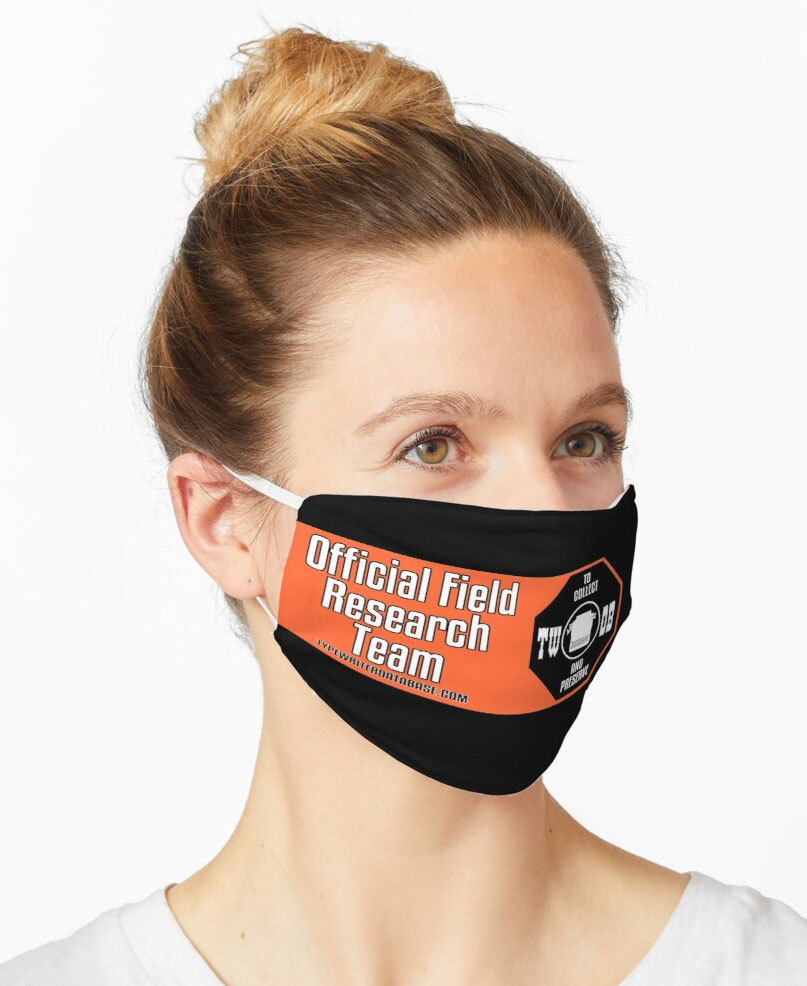196X Scheidegger (Keller und Knappich) Princess-Matic #376638
Status: My Collection
Hunter: Gary Wann (Ruyton)
Created: 10-12-2018 at 06:34AM
Last Edit: 01-23-2019 at 01:50AM
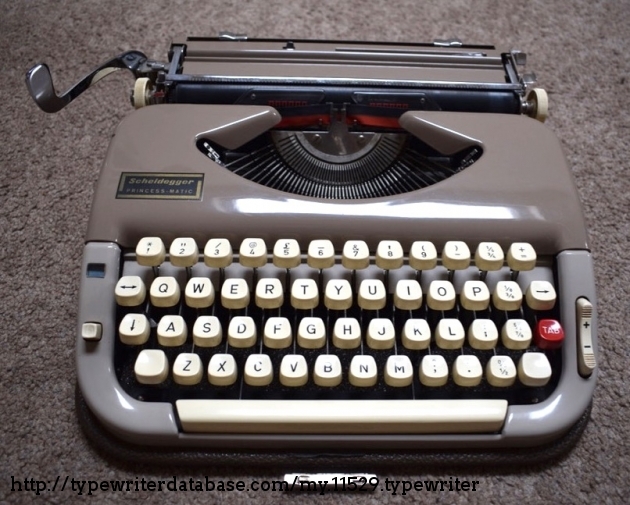
Description:
I saw this in an antique shop in Hereford UK known for their sales of typewriters. I was a little thrown at first as I was not familiar with the Scheidegger Princess-Matic, although being made in West Germany and feeling very solid, it would make a good addition to my collection. The case lid contained details of the 'Scheidegger' typing course and also the key to the case. The final decider was the very reasonable asking price. I didn't bother to haggle and I took it home!
Having done a bit more research, I now realise that this is a Keller und Knappich Princess 300 model, adopted by Willy Scheidegger for his 'Swiss Typing School" and badged 'Princess-Matic'. It would seem that Willy attracted some criticism by making his students purchase one of 'his' typewriters in order to complete the course. Further details can be found at the links at the bottom of this page. The serial number 376638 is not listed here in the database, but the typing course notes are dated 1965 and almost certainly came with the machine.
The Princess was in very good condition and only required light cleaning. The case bottom, which forms the base of the typewriter can be removed by carefully pulling the base away from the typewriter just of the left and right of the space bar. The case is secured at the front by two large metal studs passing through rubber grommets on the underside of the typewriter. The base then just unhooks off the rear of the machine. The metal panels are easy to remove by removing the easily accessible screws on the sides and the rear of the typewriter.
The mechanism revealed is fiendishly complicated with many small parts and springs, so that's as far as I went.
The typing action is very nice, although there is quite a 'thwack' when the type hits the platen, maybe this is just a very hard platen? I use an extra thick backing sheet and this does reduce the noise. The ribbon cover had a thin layer of foam glued to its underside - which crumbled to dust as soon as I touched it. I removed this 'dust' and will glue some felt in place to deaden the sound.
All in all, a nice machine to add to the collection and a perfectly serviceable typewriter.
Update: I was finally able to remove the platen thanks to the advice given by Mr & Mrs Vintage Typewriters (see the picture below). The platen is now skinned with heat-shrink tubing which greatly improves the feel of the typewriter and does reduce the noise by a reasonable amount. The 100% hard platen was spoiling this machine, but now it's much more of a pleasure to use. The slight increase in the platen diameter hasn't presented any problems. The heat-shrink solution is obviously not as good as a proper platen recovering, but that would be a significant investment - maybe sometime in the future.
Typeface Specimen:
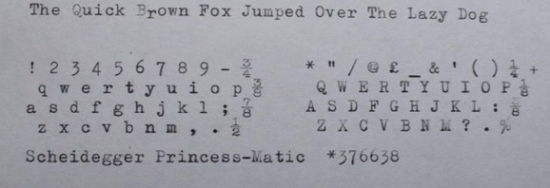
Links:
Photos:
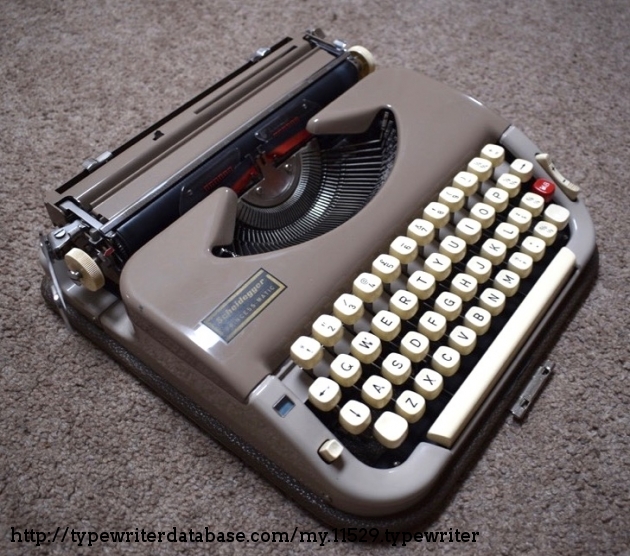
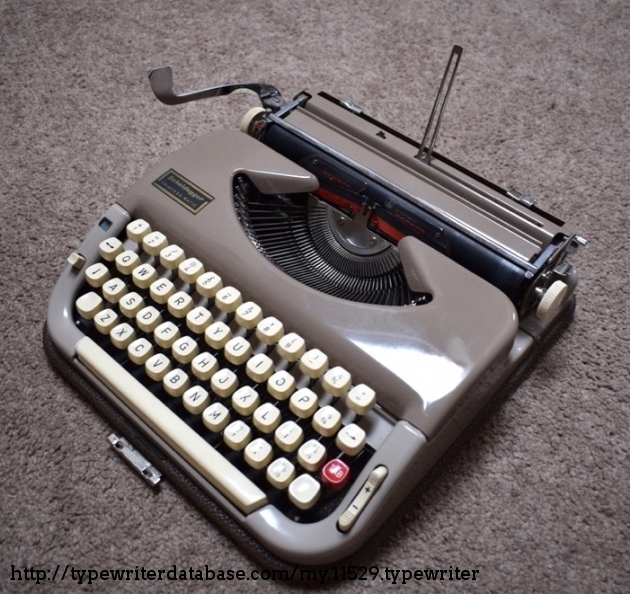
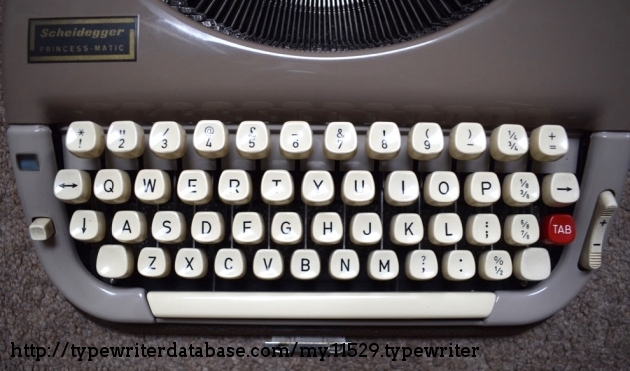
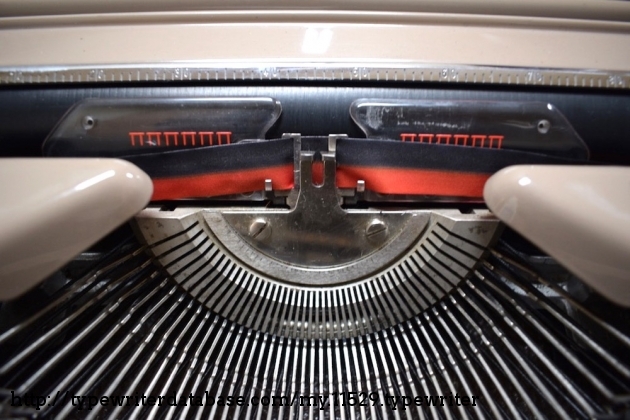
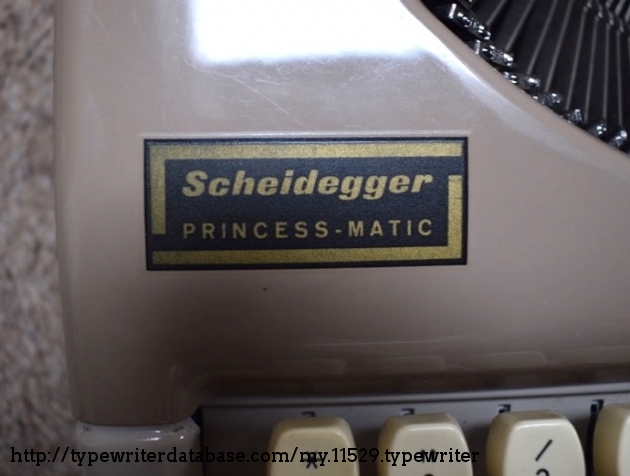
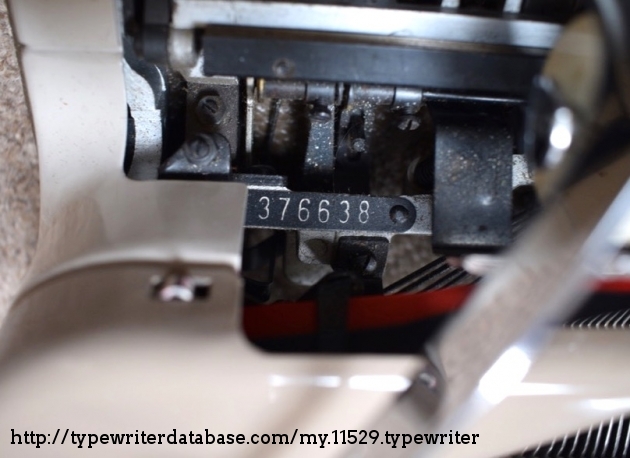
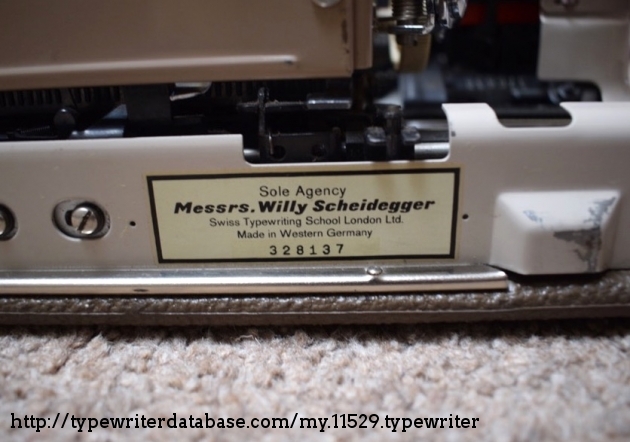
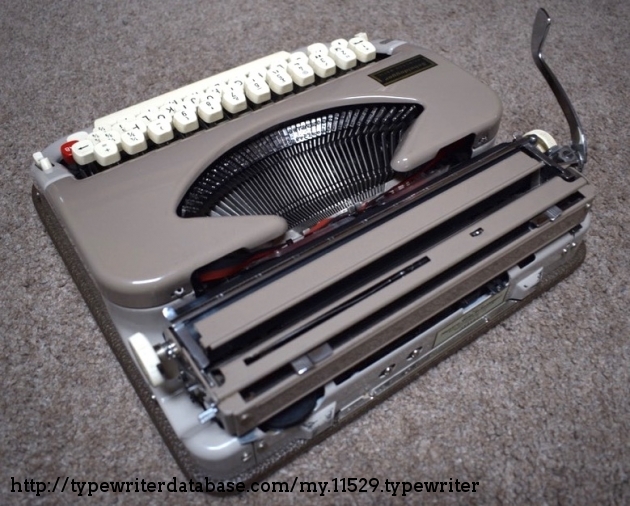
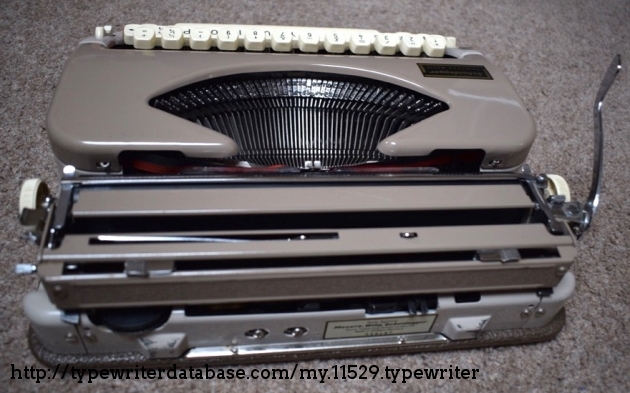
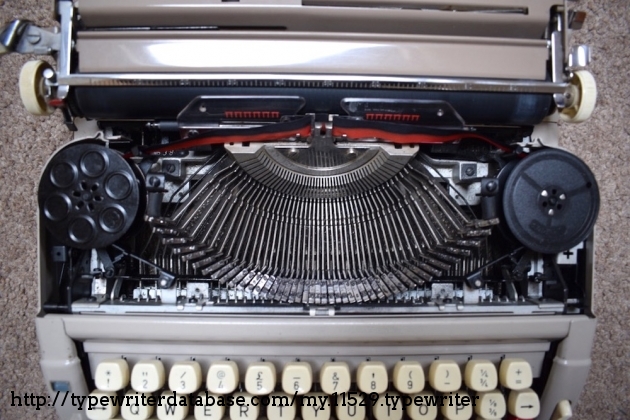
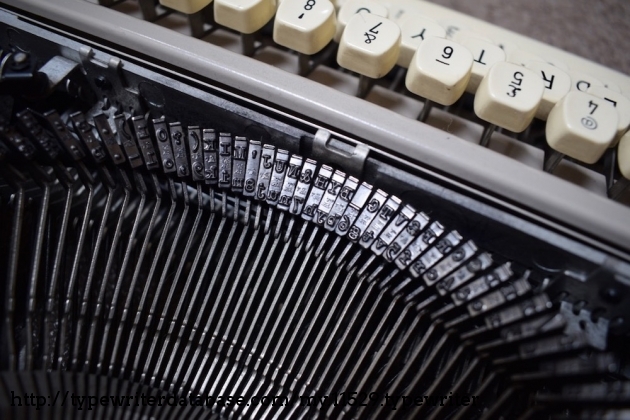
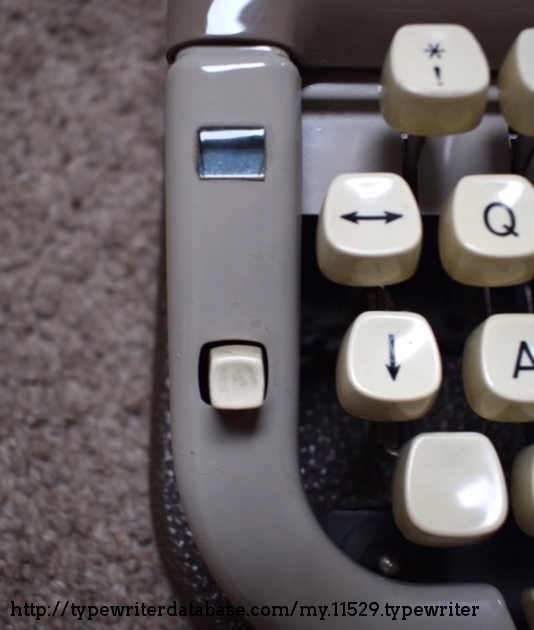
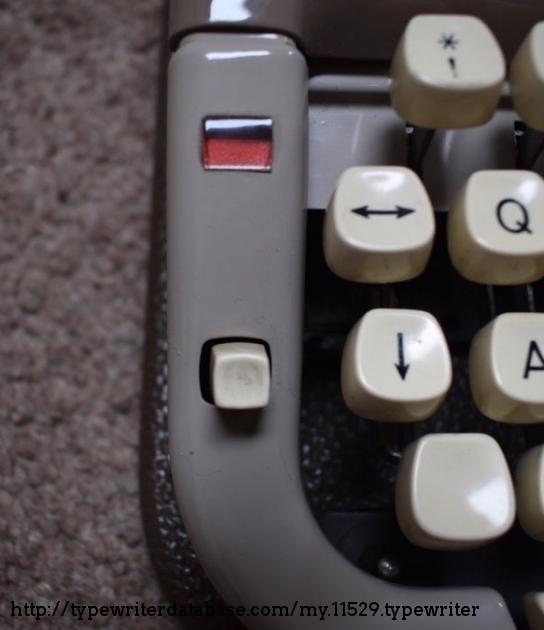
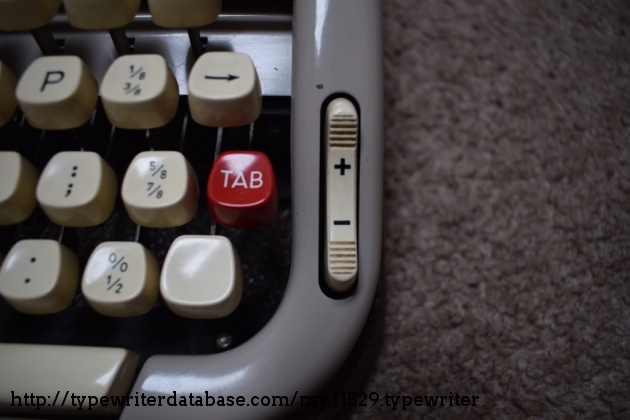
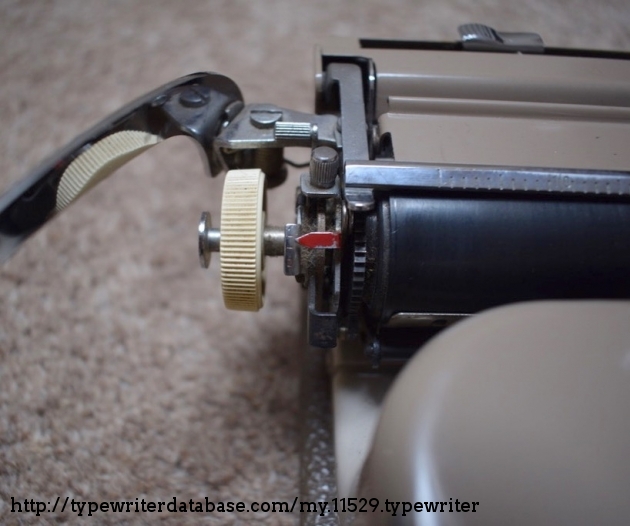
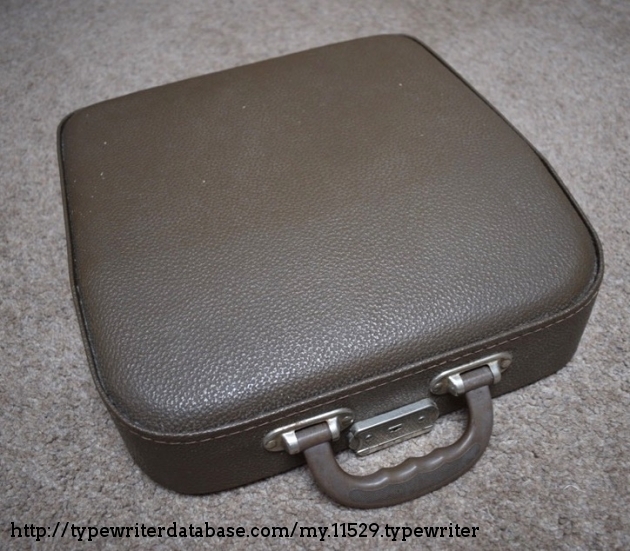
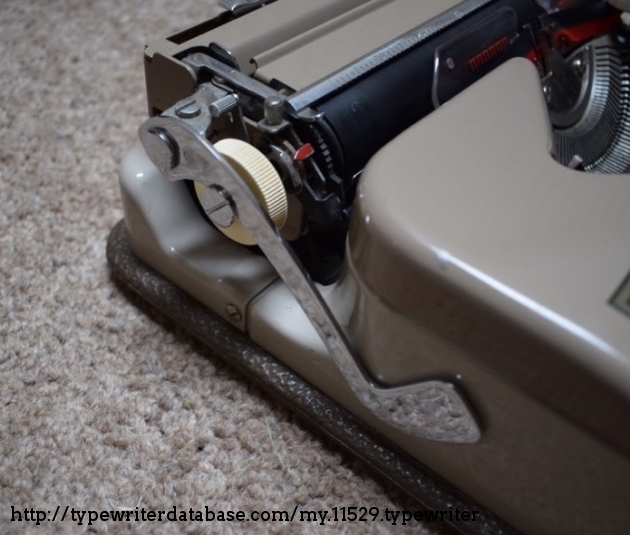
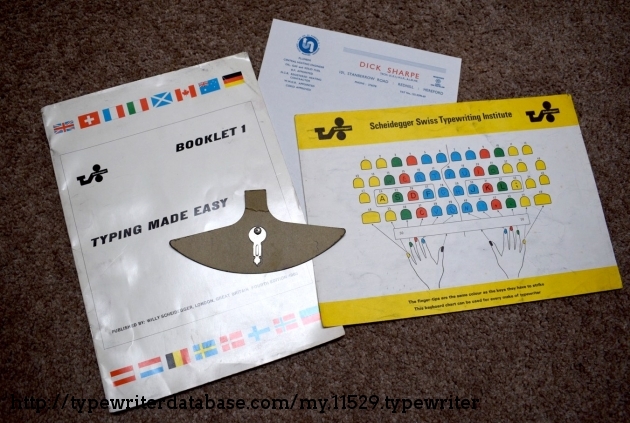
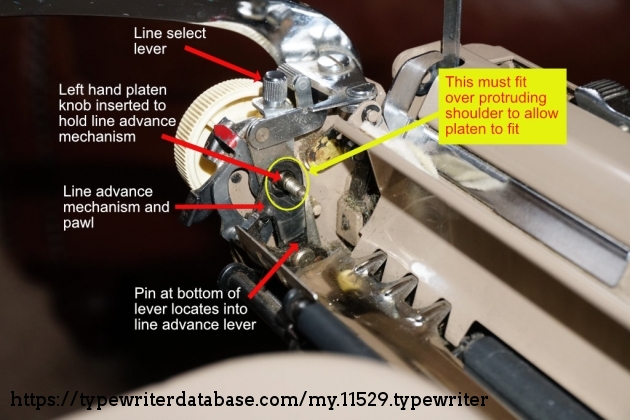
Hunter: Gary Wann (Ruyton)
Gary Wann's Typewriter Galleries [ My Collection ] [ My Sightings ]

Status: Typewriter Hunter
Points: 561
Retired Air Traffic Controller. Got my first typewriter from Santa when I was about 8 years old and woke my parents up at 3am as I just had to try it out when I woke up! Have had an old Imperial 58 in the family for longer than I can remember. A computer geek, but I just love the mechanics of typewriters and have started to collect a few more to keep the Imperial company!
RESEARCH NOTE: When researching the Scheidegger (Keller und Knappich) Princess-Matic on a computer with lots of screen real estate, you may find that launching the Scheidegger (Keller und Knappich) Serial Number page and the Scheidegger (Keller und Knappich) Princess-Matic By Model/Year/Serial page in new browser windows can give you interesting perspectives on changes throughout the model series.
